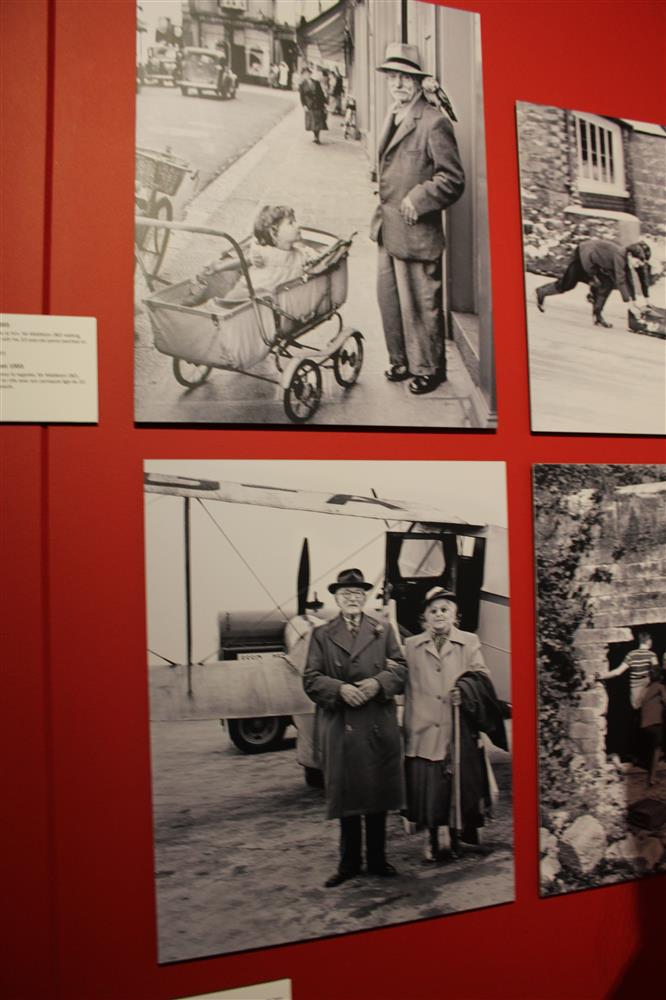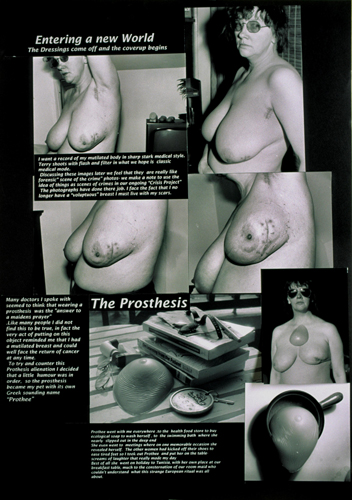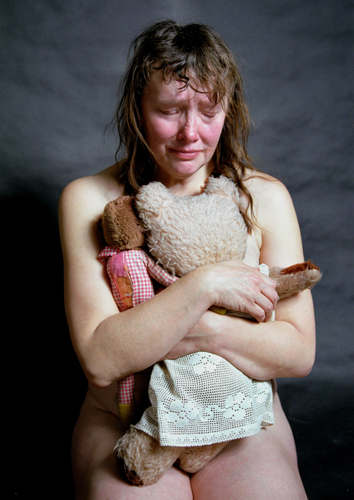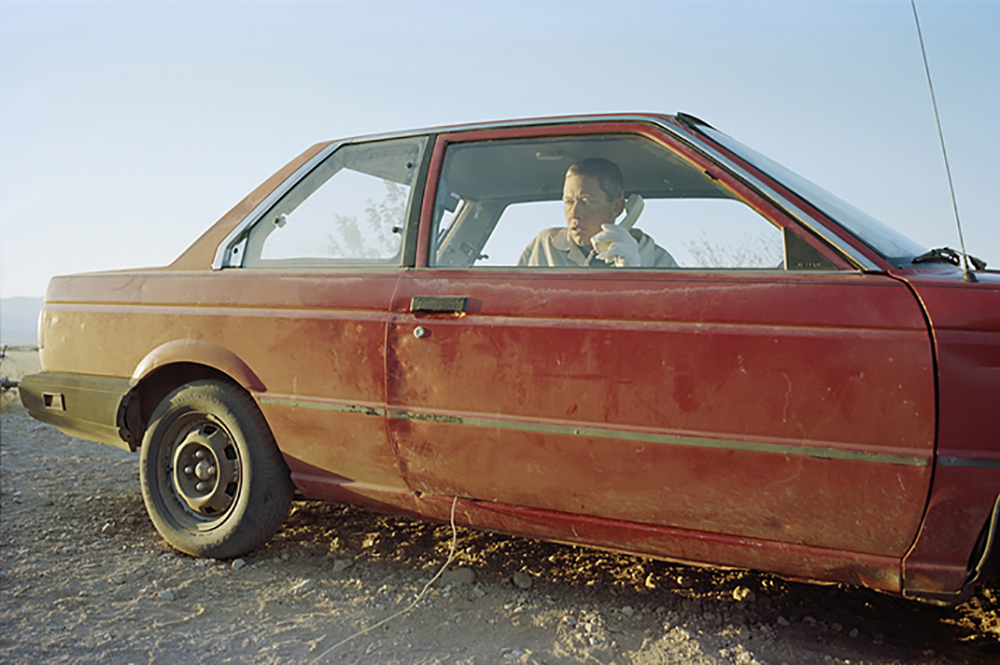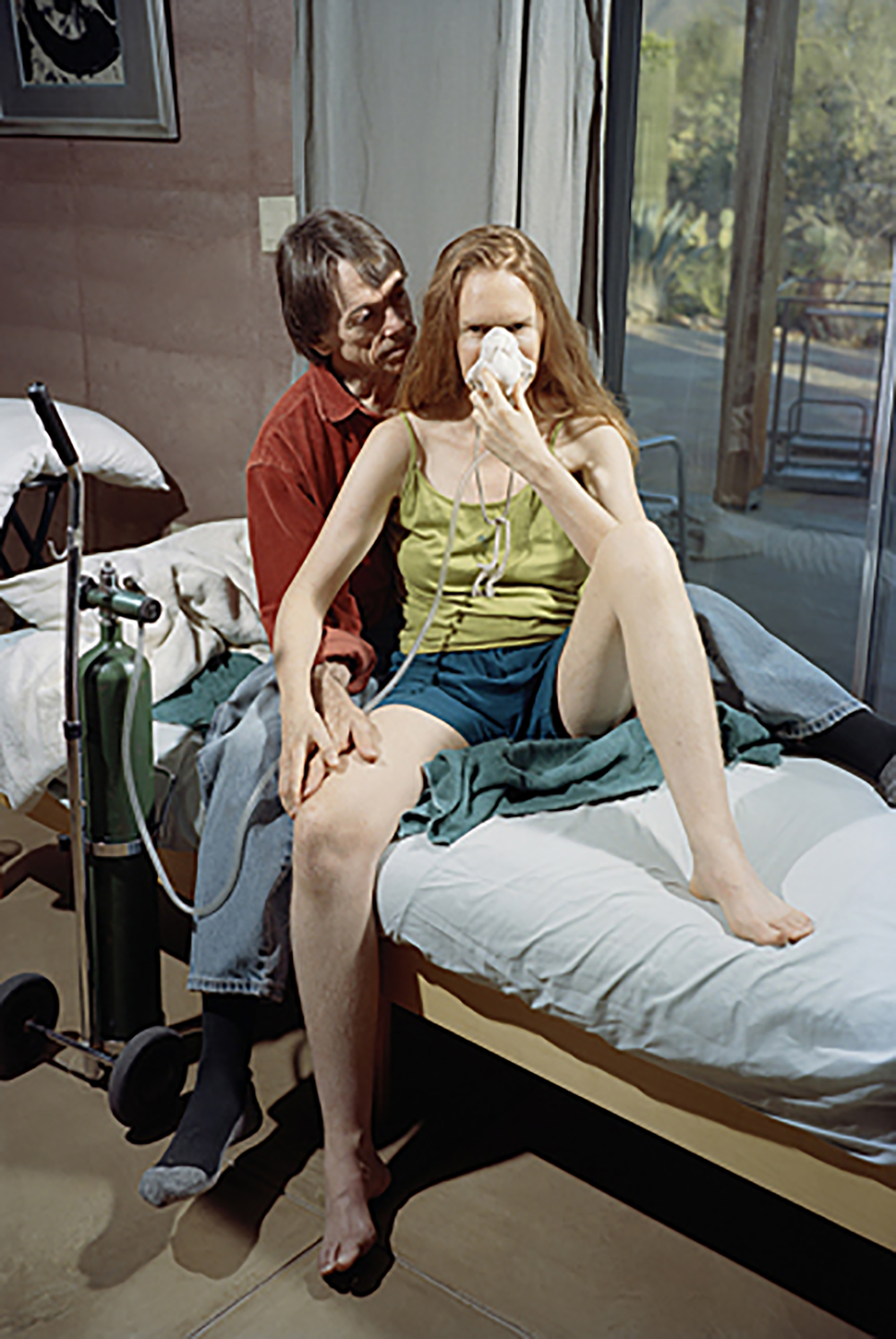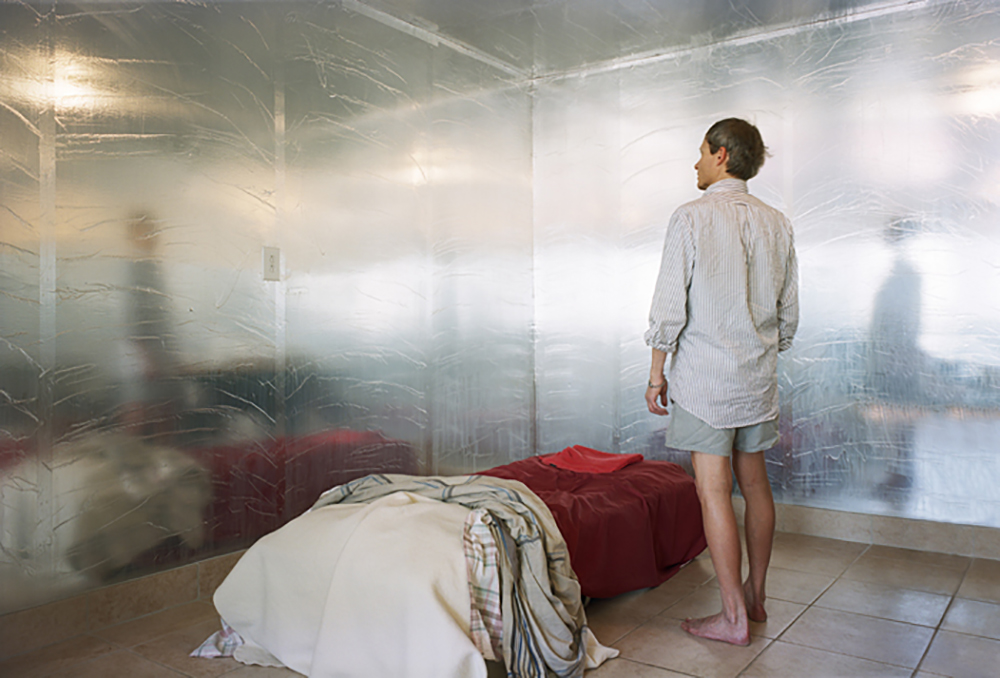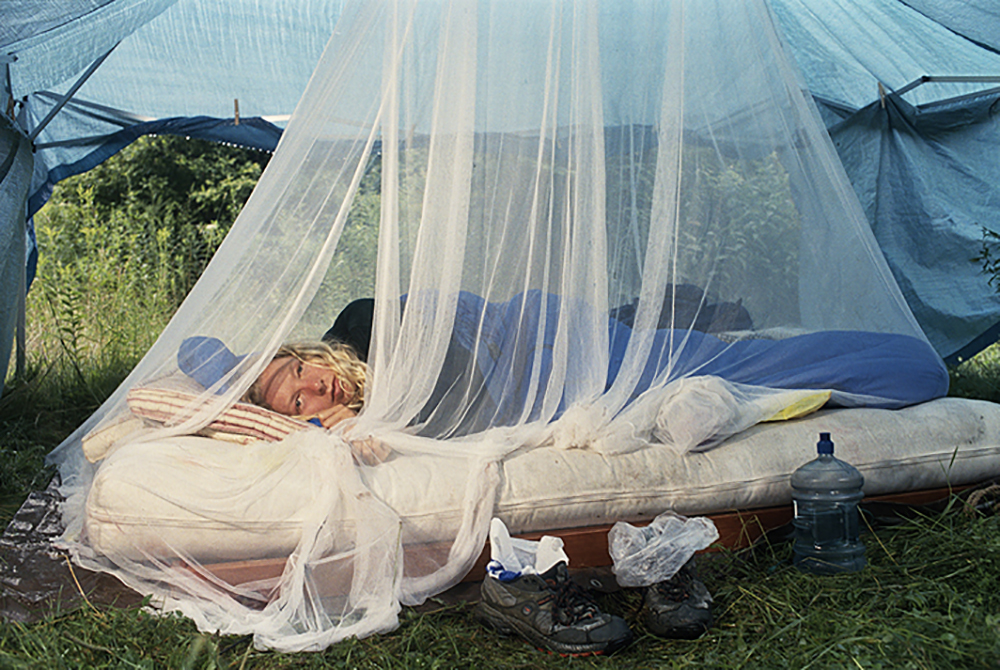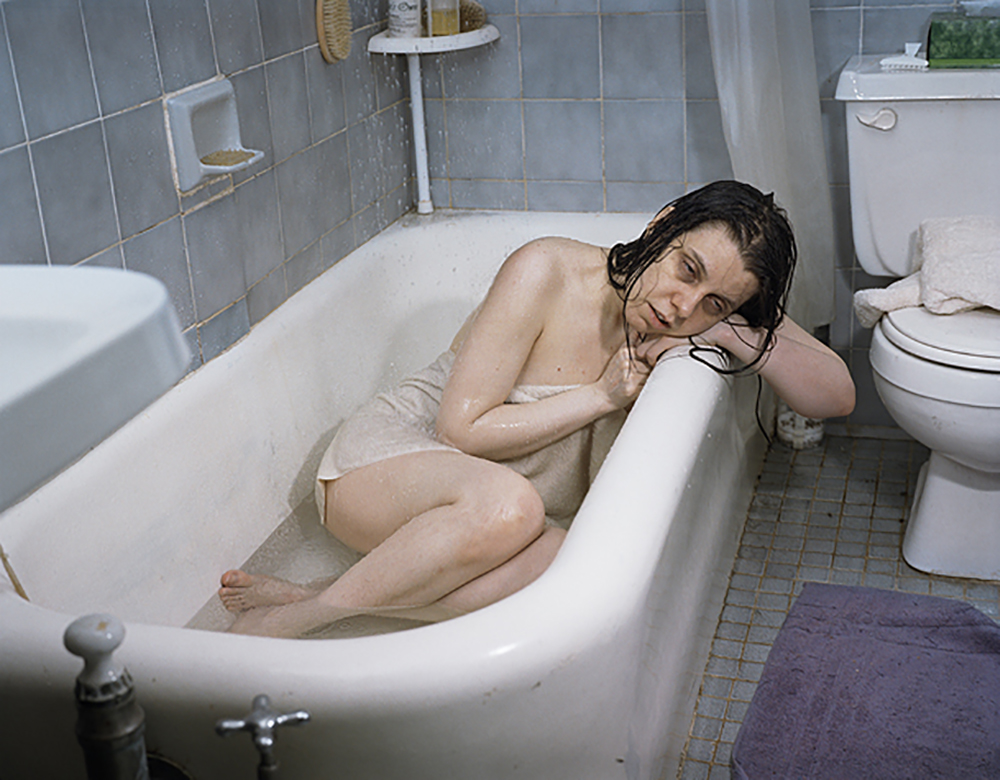Q1: Who sets the boundaries of what defines photojournalism?
In my opinion no one sets the boundaries of what defines photojournalism, as some photographs need to be taken so that they show the world what is happening, and sometimes to warn people / ask for help from others. I think that photojournalists take images which some people say that is not ethical for them to take the images because of personal reasons or others. But i think that if the images were not take, we would not be aware. For example a photographer took photographs of a Syrian boy dead, and the photographer comes out as to why she took the images.

In an article the press ask the photographer Nilüfer Demir why she took the images and what she thought about them. In this article it is clear that taking these images were hard to Demir but as a photographer she knew that she needed to take the images so that it would make a change to how people see refugees. This incident happened when the refugees were trying to reach a Greek island from Turkey on a rubber raft. The image of the dead boy is of a three-year old boy. Some argue that posting the image was wrong as they should of protected the boy’s dignity and save his parents grief, however the photographer Demir says that since the photograph has been published it reached around the world very quickly, and she says that she is “happy that the world finally cares and is mourning the dead children. I hope that my picture can contribute to changing the way we look at immigration in Europe, and that no more people have to die on their way out of a war” – http://www.vice.com/read/nilfer-demir-interview-876

This is the photographer Nilüfer Demir who took the images of the dead Syrian boy Aylan Kurdi.
When looking at the standard and ethics in photography, you need to look at the NPPA Code of Ethics which shows what journalists have to abide by when they take their images.
These are some thing that photojournalists need to make sure that they are doing:
- Be accurate and comprehensive in the representation of subjects.
- Resist being manipulated by staged photo opportunities.
- Be complete and provide context when photographing or recording subjects. Avoid stereotyping individuals and groups. Recognize and work to avoid presenting one’s own biases in the work.
- Treat all subjects with respect and dignity. Give special consideration to vulnerable subjects and compassion to victims of crime or tragedy. Intrude on private moments of grief only when the public has an overriding and justifiable need to see.
- While photographing subjects do not intentionally contribute to, alter, or seek to alter or influence events.
- Editing should maintain the integrity of the photographic images’ content and context. Do not manipulate images or add or alter sound in any way that can mislead viewers or misrepresent subjects.
- Do not pay sources or subjects or reward them materially for information or participation.
- Do not accept gifts, favors, or compensation from those who might seek to influence coverage.
- Do not intentionally sabotage the efforts of other journalists.
Q2: When technology makes it so easy to manipulate images, how much manipulation is acceptable?
Photoshop and other editing programmers make it easier to edit these images to make ‘false’ images of what they want people to believe is happening. I think that manipulation is not acceptable as it lies to the public about what is actually happening and it does not show what is really happening in the real-world. If photographers start using programmers like these to change their images then it hold to questions as to what images are really real and what images are false and set up.
Q3: With viewers more sophisticated and sceptical than ever before, how can photojournalists preserve their integrity and maintain trust?
Photojournalists can do this by not taking images of people who to not want to have their images taking, but by also not going into their personal space or invading their privacy. Also if a matter is a personal matter to someone, maybe it is best not to photograph, or maybe photograph but not publish instantly as it may harm the person which may upset them in a way. Therefore by avoiding confutation with others it will make it easier, however it is hard as most things will be seen as personal to someone and that is where a photographer needs to decide whether they should take the image or not.
Q4: Consider if photographs can change the world or change people’s perception
I think that a photograph can change peoples perception on things, as when you are not living in the same country as for example a disaster that happens, you have not experienced it, so all we have to see what has happened is through images and sometimes i think that if the image is more brutal and can be more upsetting this usually means it has more of an impact into what people think. However many people argue that some things should not be taken photographs on because they are personal and it can save people grief by not having taken the photograph.



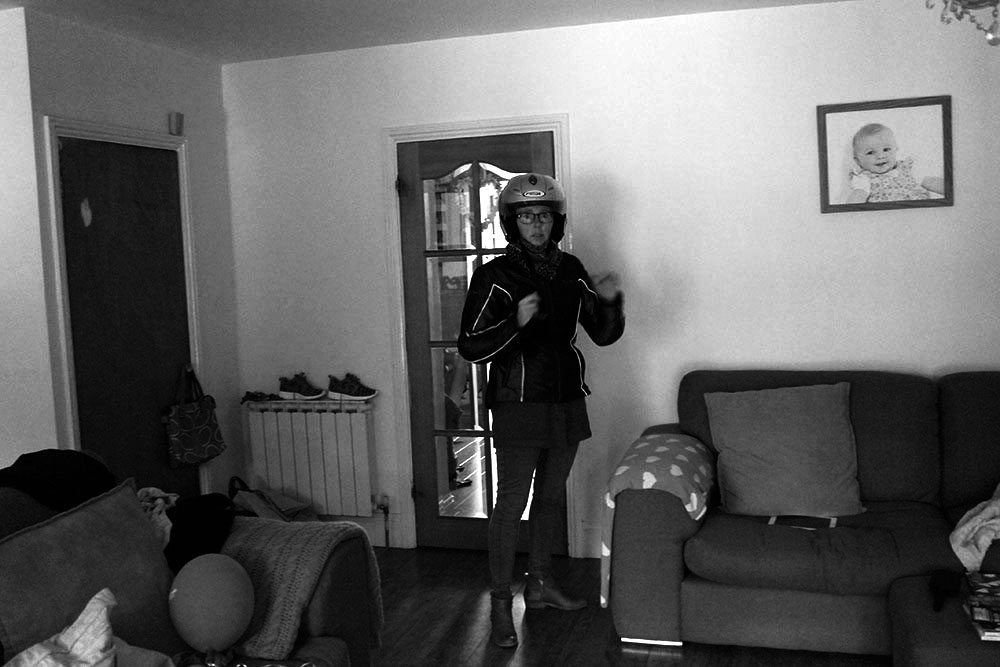

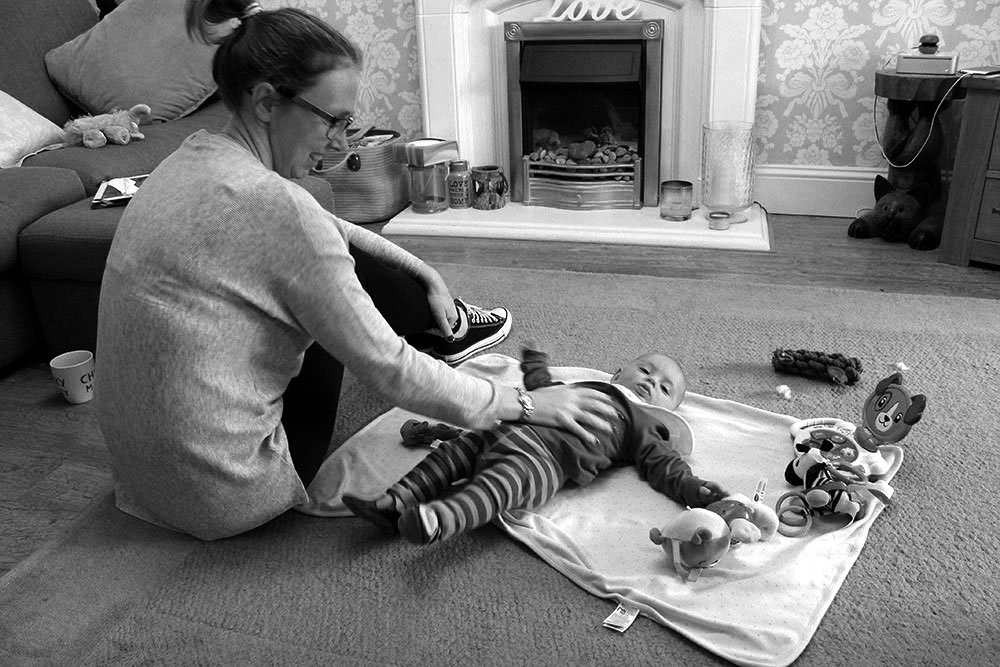 This image is of my mum and my little cousin, twice a week my mum looks after him. I think that this time with my little cousin relaxes her as she is not thinking about herself, but she is looking after him. I think that this is good for my mum as she thinks too much about how she is feeling. I think that it is important that in this image my mum is smiling, as this image shows that she is happy and enjoying time with her nephew.
This image is of my mum and my little cousin, twice a week my mum looks after him. I think that this time with my little cousin relaxes her as she is not thinking about herself, but she is looking after him. I think that this is good for my mum as she thinks too much about how she is feeling. I think that it is important that in this image my mum is smiling, as this image shows that she is happy and enjoying time with her nephew. 
















